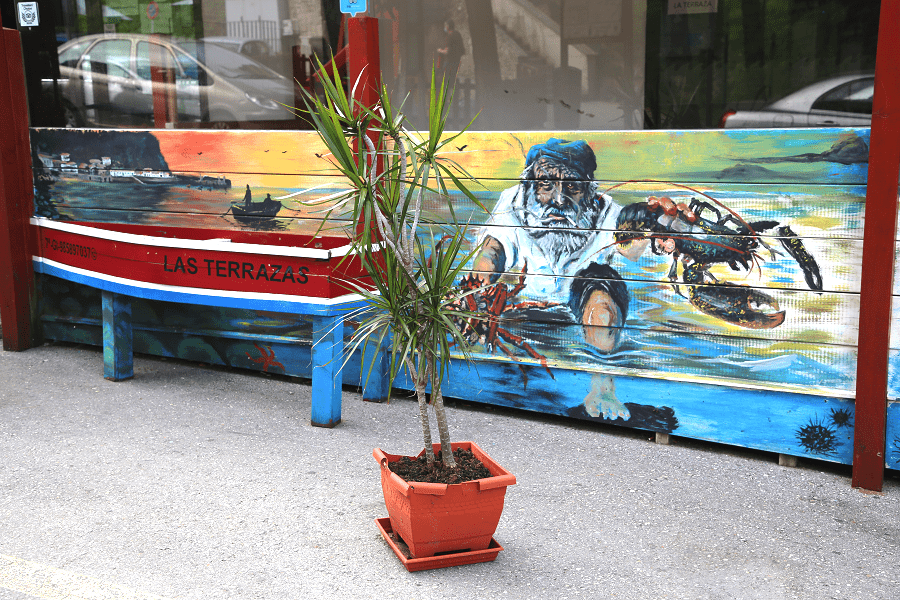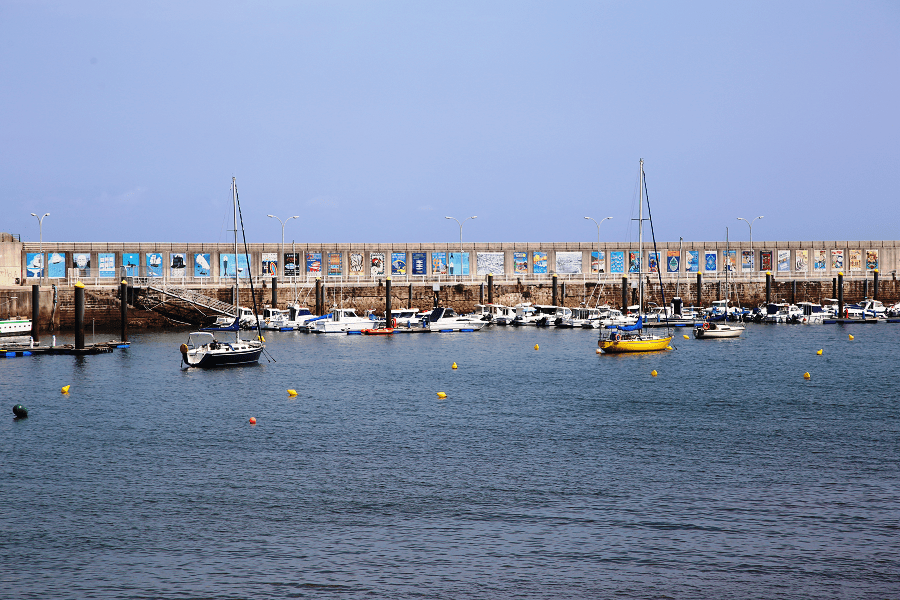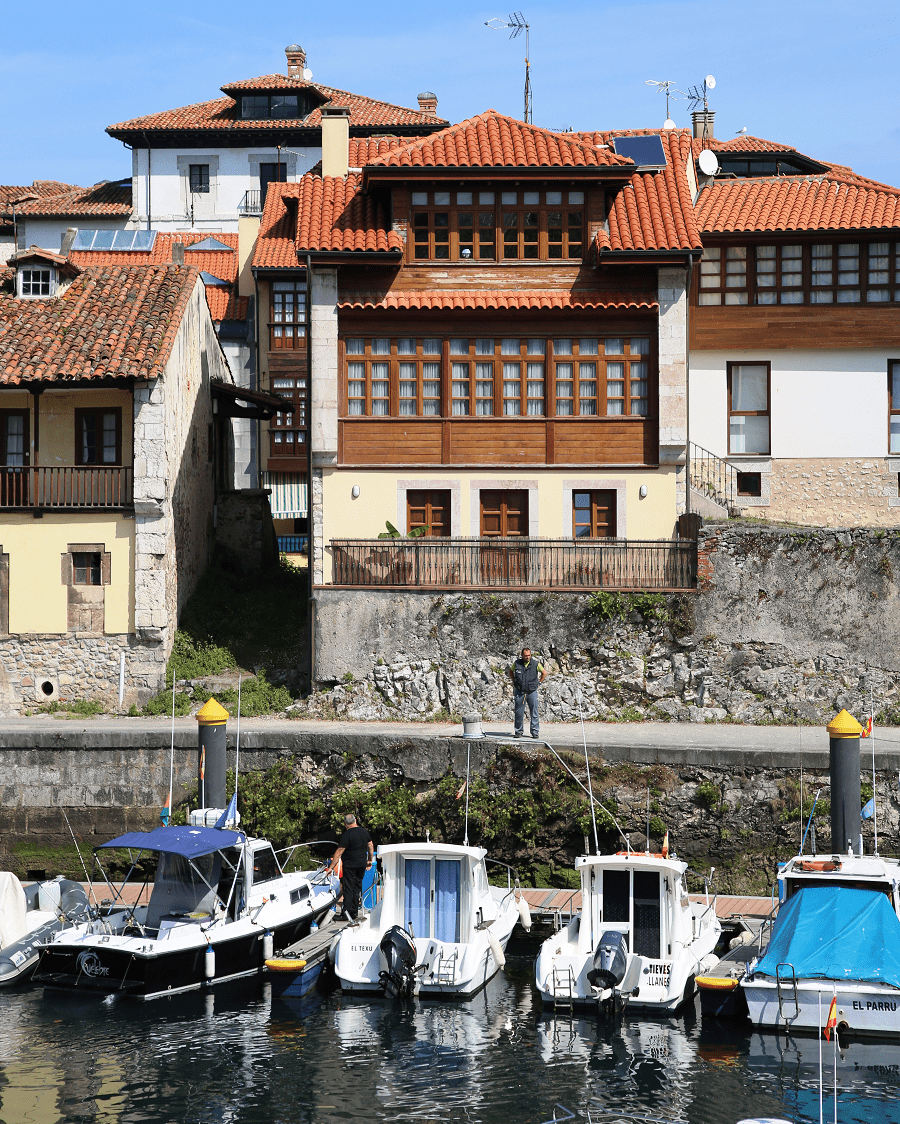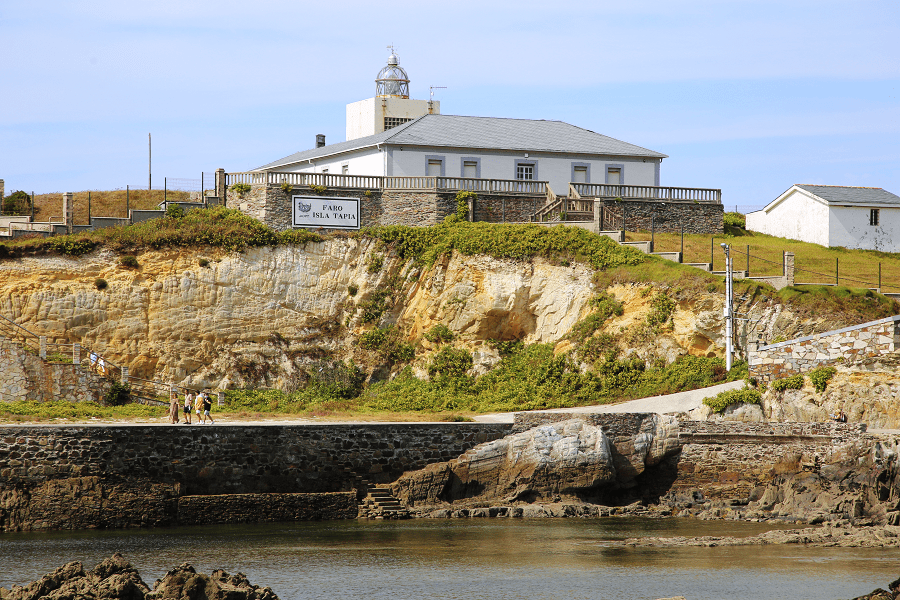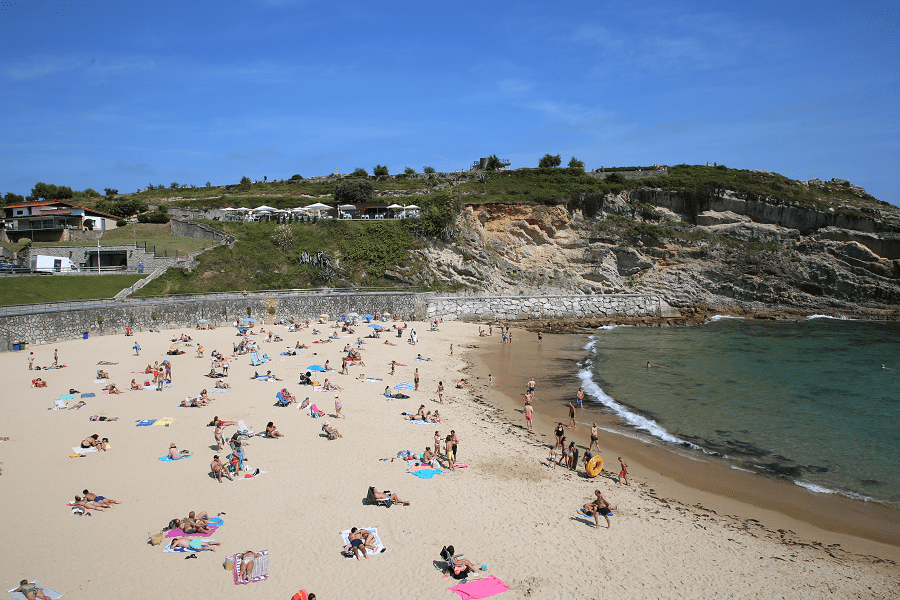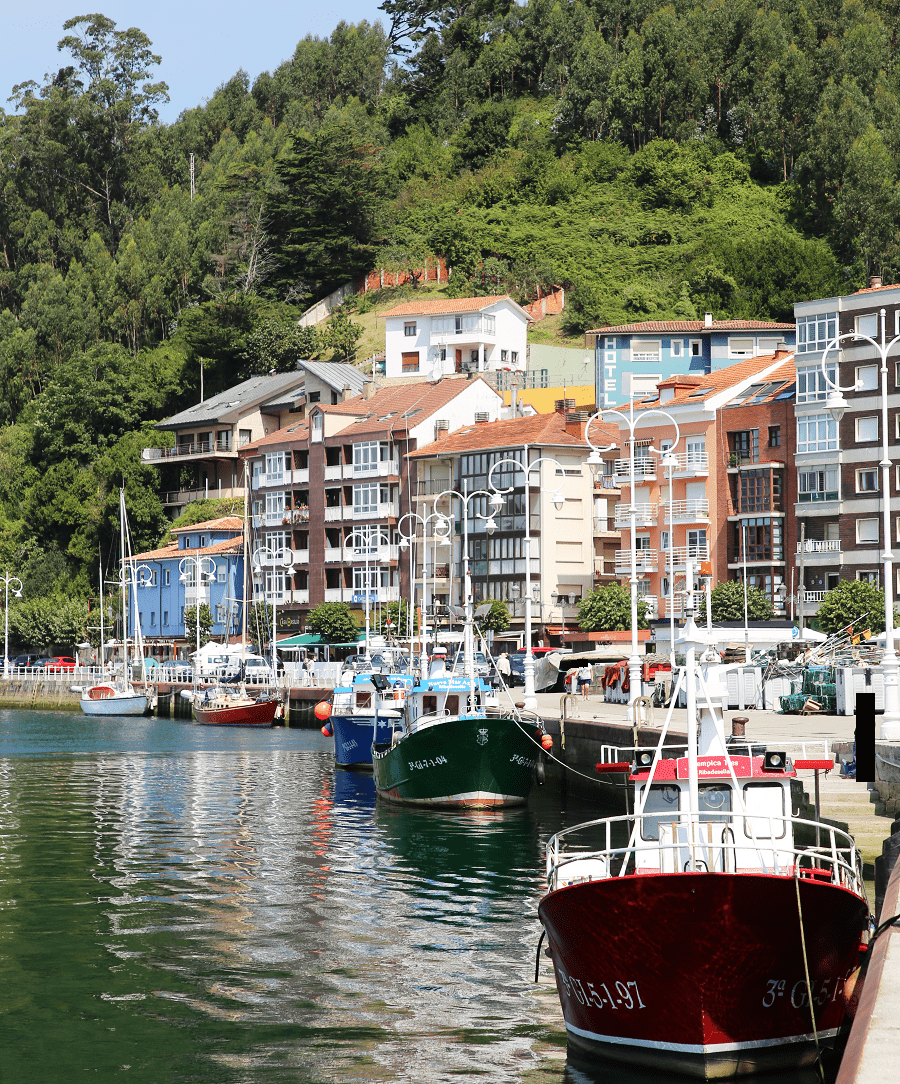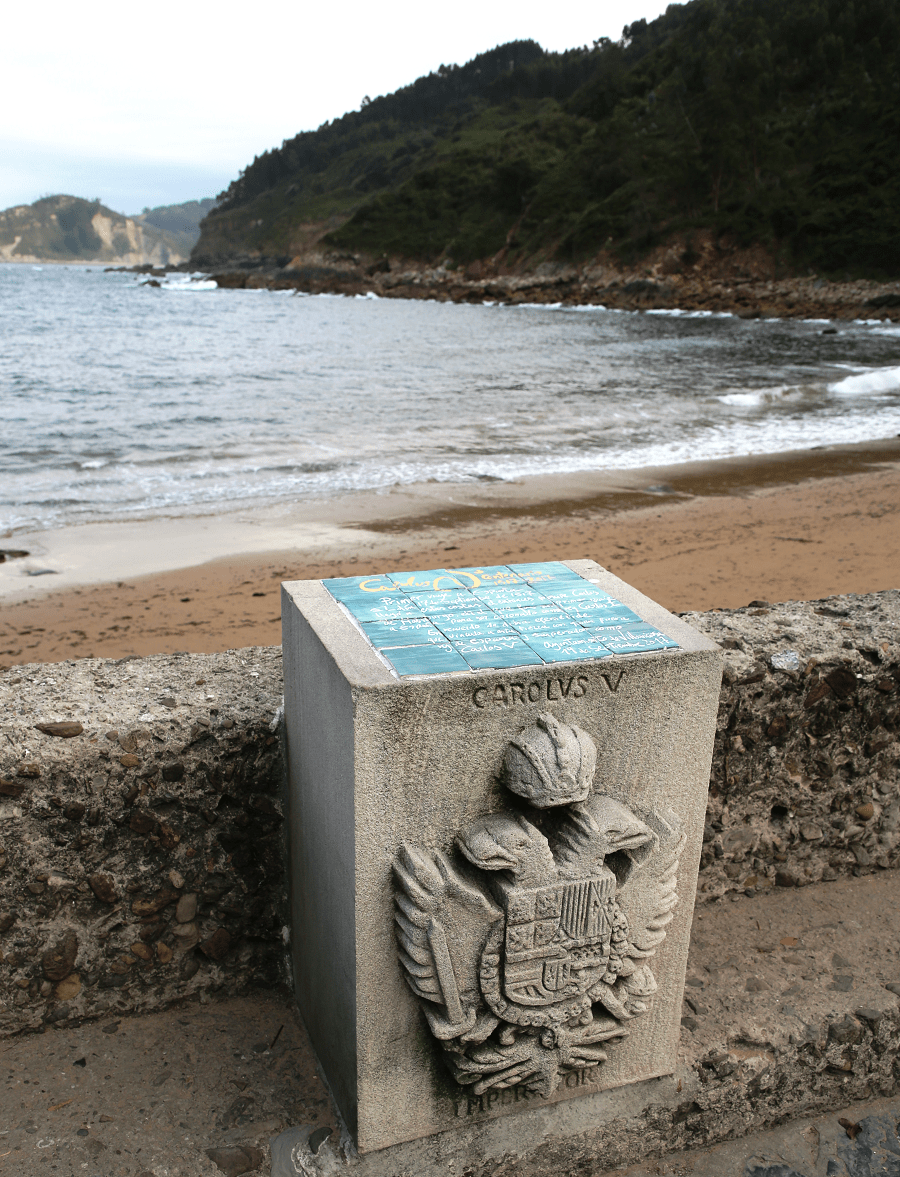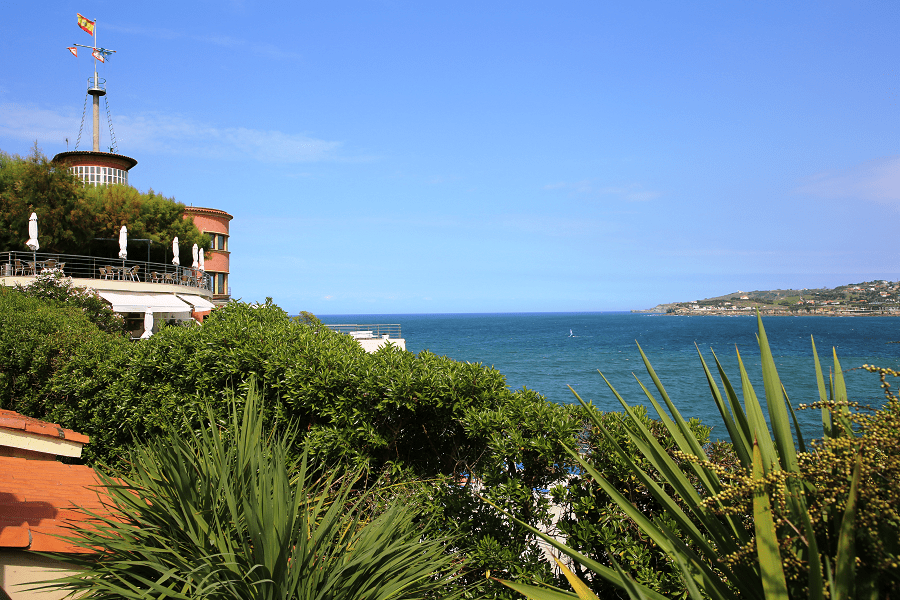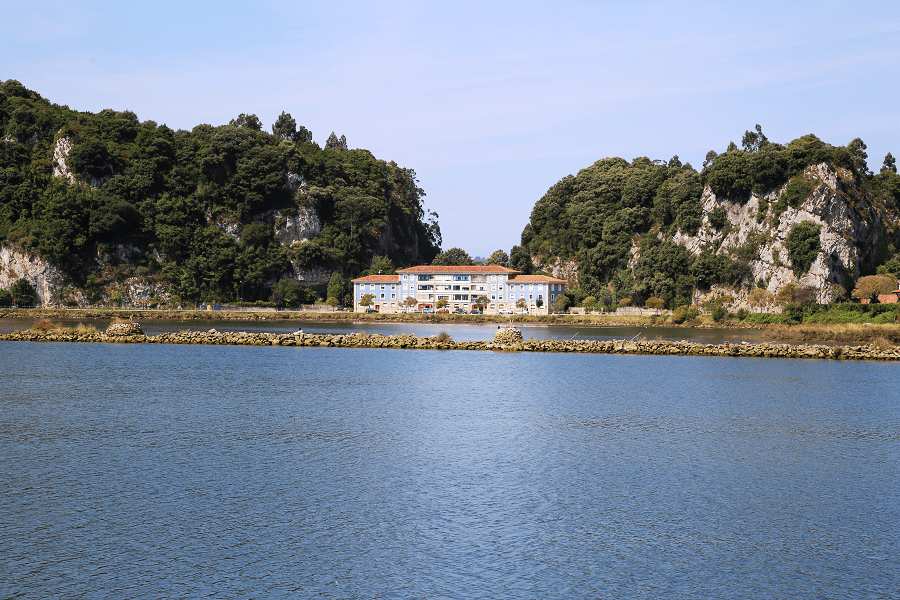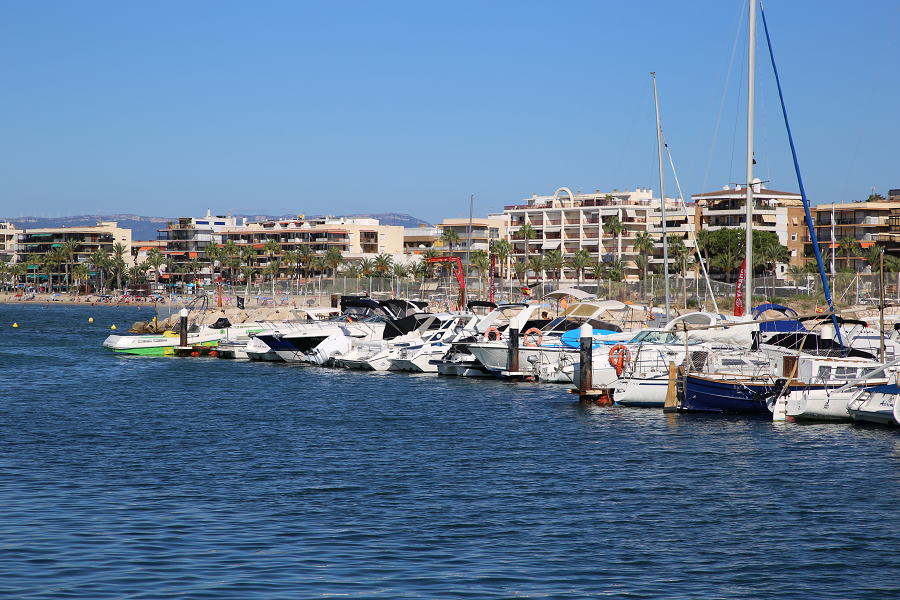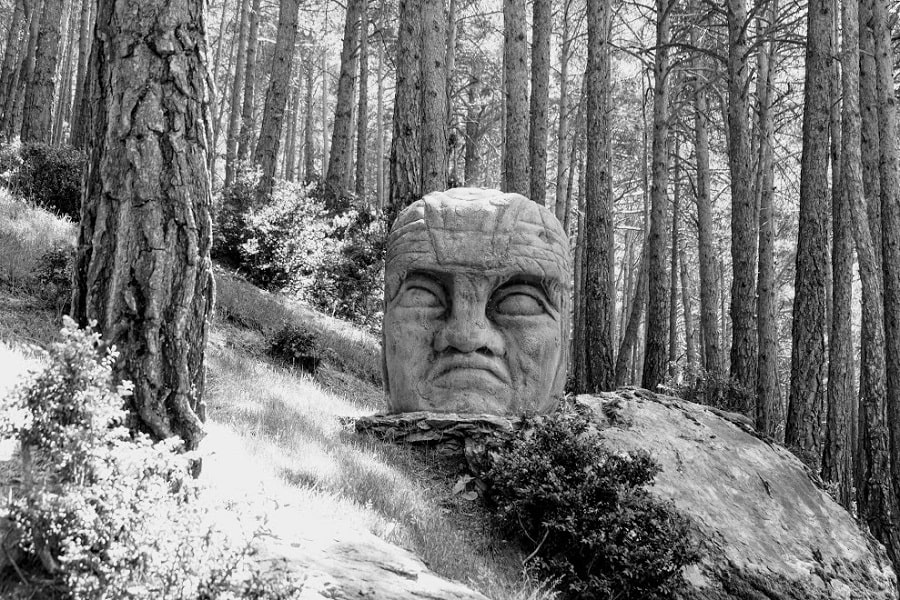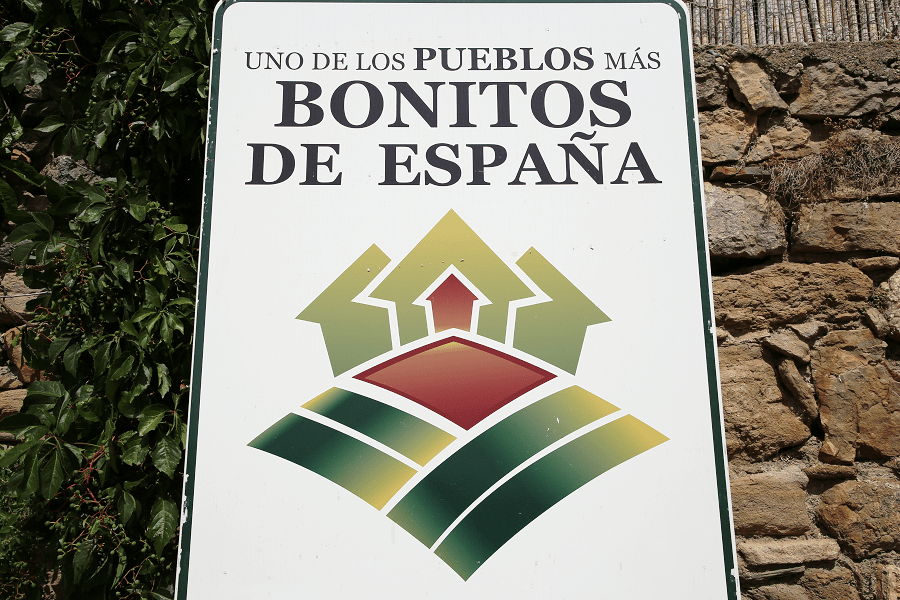Costa Verde (Green Coast) is the tourist name assigned to the coast of Asturias (Spain), located in the Cantabrian Sea, Atlantic Ocean. It includes the coast of the maritime province of Gijón created in 1845, and maritime province of Avilés, created in 2007.
Borders with the Rías Altas resorts (Galicia) in the west and Costa Cantabria resorts (Cantabria) in the east.
Although August is considered the hottest month of the year, the swimming season begins in June. Many tourists come here not only for beach holidays and sightseeing, but also for surfing, diving and other water sports.
It is the fifth coast of Spain by extension, with 345 km in length. The Asturian Costa Verde is considered one of the best preserved coastlines in the country.
Gijón is the capital of the Green Coast. It is the largest city and municipality by population in the autonomous community of Asturias.
It is located on the coast of the Cantabrian Sea in the Bay of Biscay, in the central-northern part of Asturias.
From a geological point of view, the coastal plain gives continuity to the entire Costa Verde complex. It is a more or less wide plain that extends from the edge of the sea, or cliff, to the first slopes of the mountains.
The eastern coast is a massive karstic massif, so here we find very vigorous coastal formations.
The tourist name refers to the green color of the fields throughout the year, which extends to the beaches. It is a steep coast, with cliffs, but also with extensive sandbanks and coves.
Cabo de Peñas, the northernmost in the Community, divides the eastern and western coast of Asturias.
This cape has been declared a protected landscape due to its own flora and fauna and its cliffs, which at some points are over a hundred meters high.
Best beaches
Some of the best known beaches are Rodiles, in Villaviciosa; that of La Isla, in Colunga; that of Torimbia, in Llanes; that of Arnao, in Castrillón; or that of San Lorenzo, in Gijón.
Gulpiyuri Beach, in Llanes, stands out for its uniqueness, declared a natural monument in 2001, as well as being part of the Protected Landscape of the Eastern Coast of Asturias.
It is a closed beach, without open access to the sea, which enters the beach through a small underwater cave below the cliff.
Activities
The Asturian coastal towns preserve their seafaring tradition. The most unique and attractive are: Cudillero, Gijón, Llanes, Ribadesella, Luarca, Luanco and Candás.
Due to its wild character and the height of its waves, the Costa Verde is an important destination for those who practice surfing and windsurfing. One of the most popular places to practice these water sports is Tapia de Casariego.
Most popular resorts (from west to east)
As Figueiras and its attractions
Tapia and its Peñarronda beach
Avilés – a Historic-Artistic Site
Gijón – the capital of the Green Coast
Tazones – the Historic-Artistic Complex
Ribadesella and the International Descent of the Sella
Llanes and the Gulpiyuri – shortest beach in the world
Transport and how to get to?
Asturias Airport, (IATA: OVD, ICAO: LEAS) is the only international airport of Asturias, in Castrillón. Traffic consists primarily of scheduled domestic flights and some seasonal scheduled international flights.
The airport is located in Anzu, parish of Santiago del Monte, municipality of Castrillón, 15 km from Avilés, 40 km from Gijón and 47 km from the regional capital, Oviedo.
Main railway stations with a direct communication with Madrid and other cities of Spain are in Oviedo and Gijón.
See here best sea and ocean resorts of France and Spain (223 objects)





